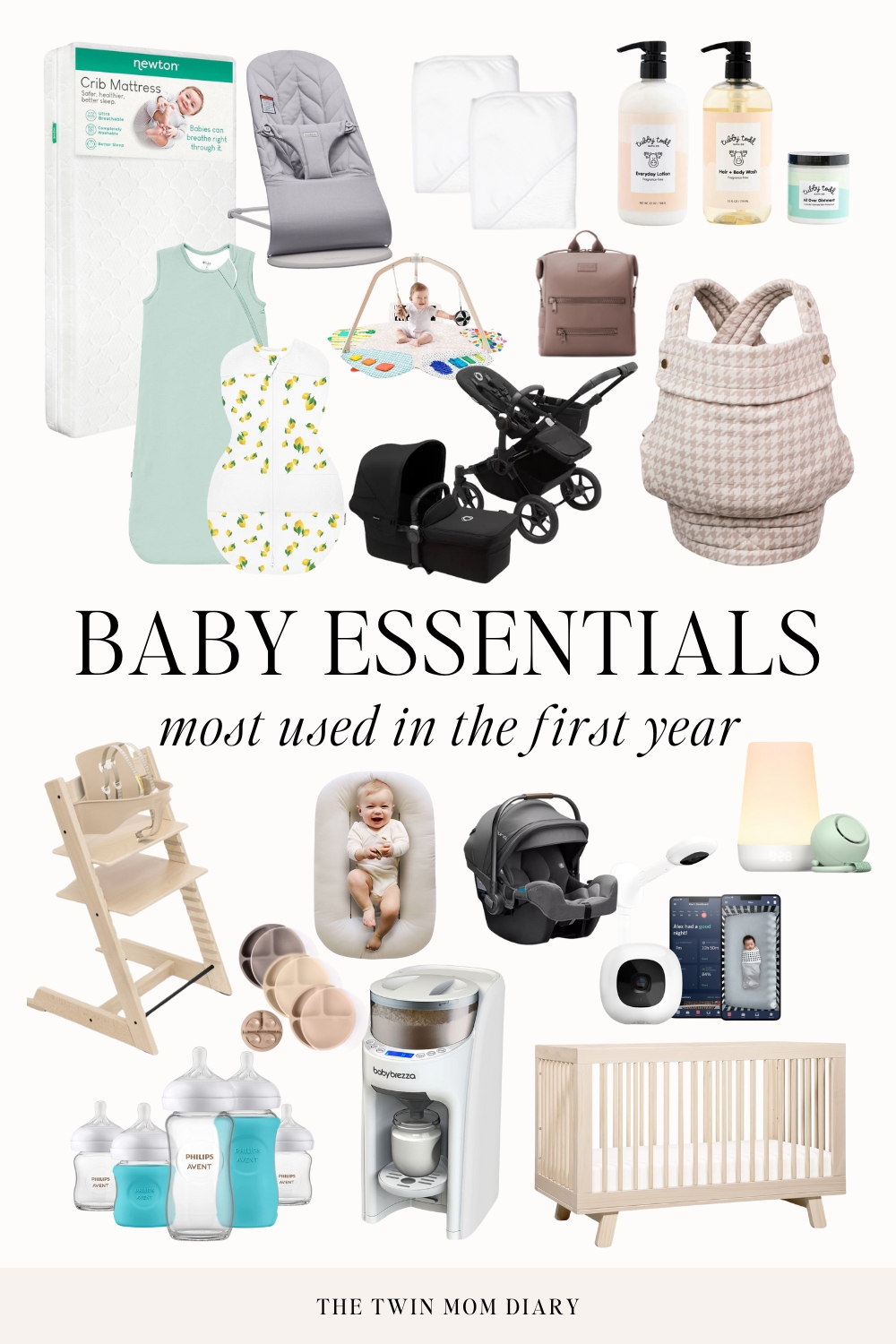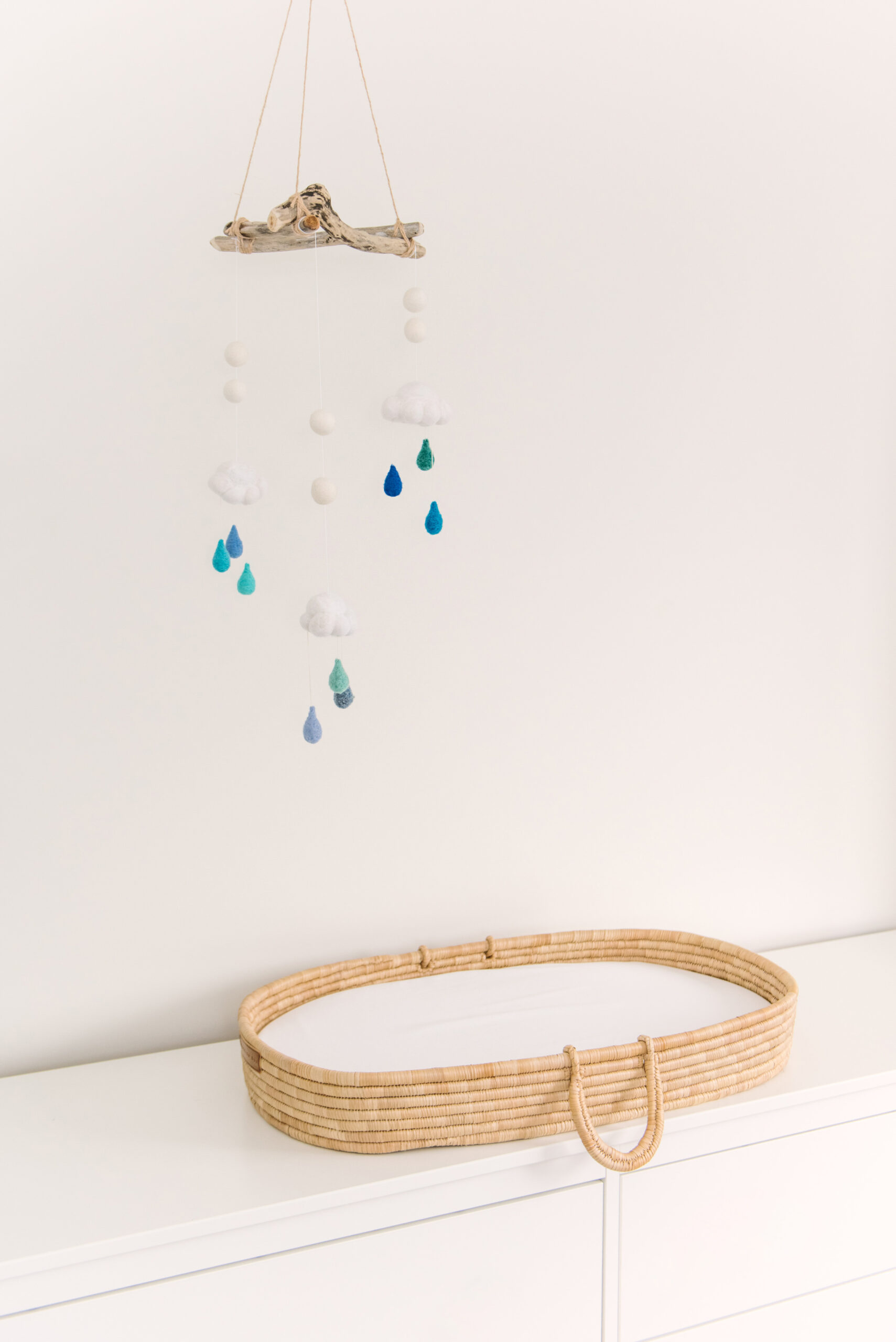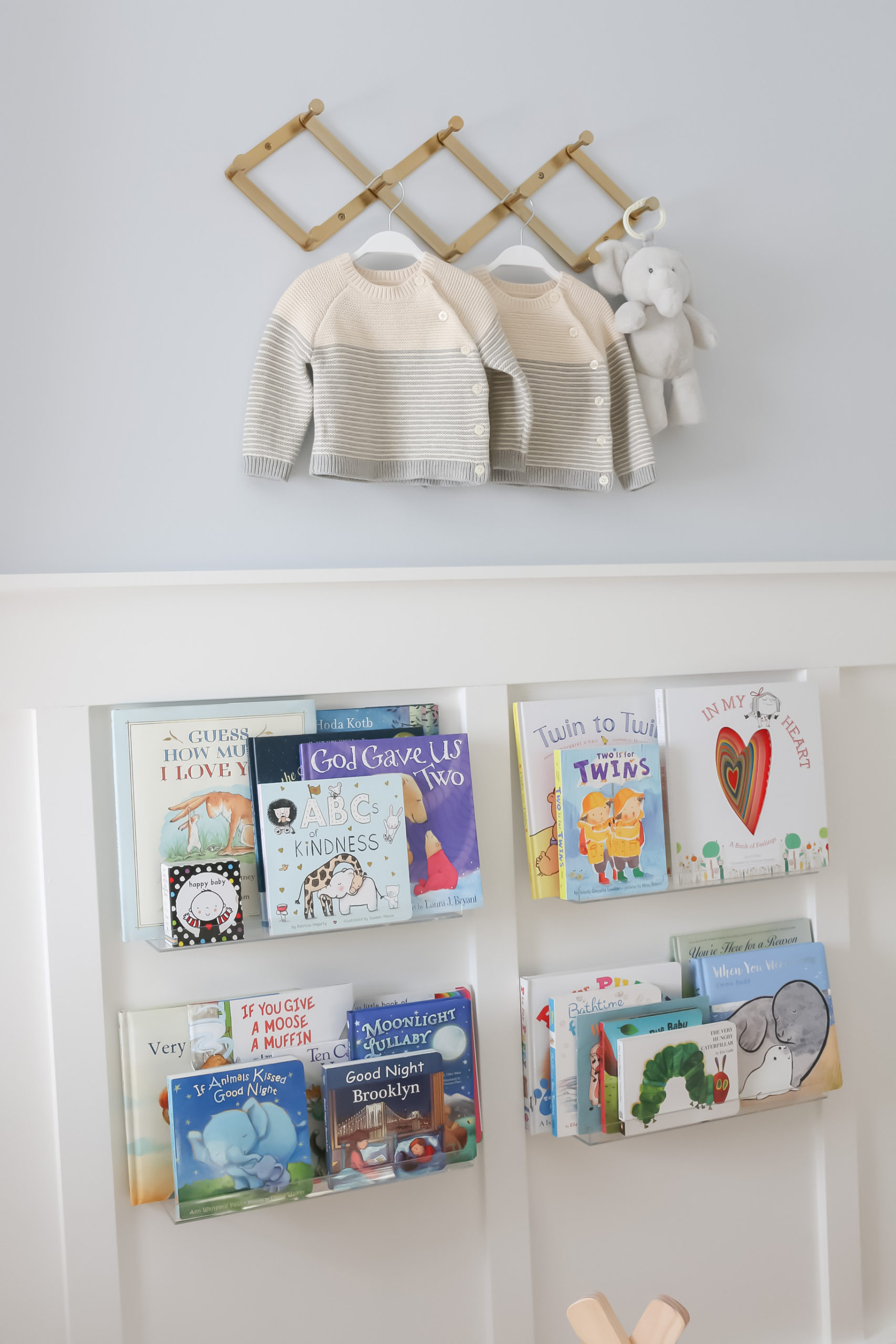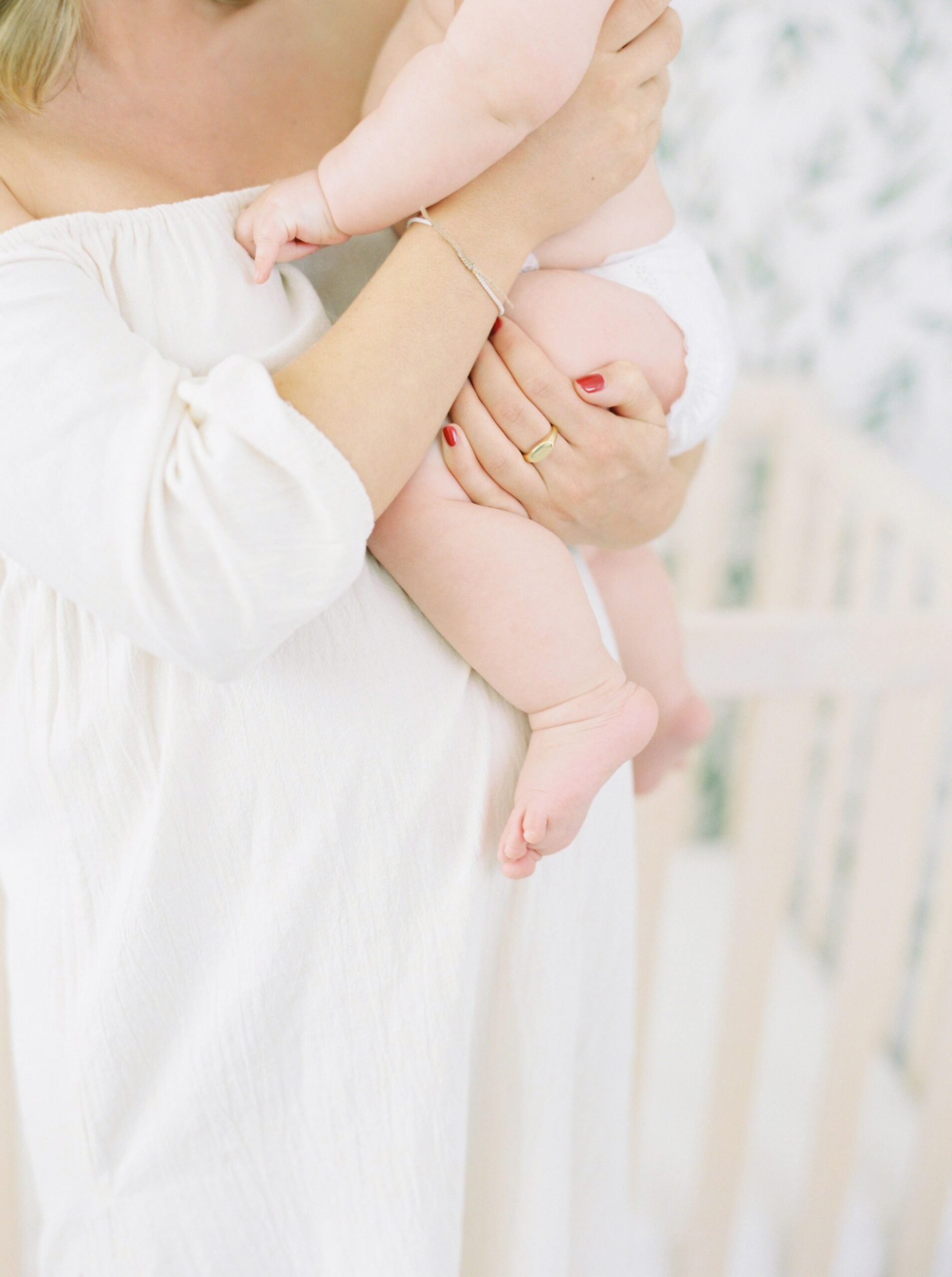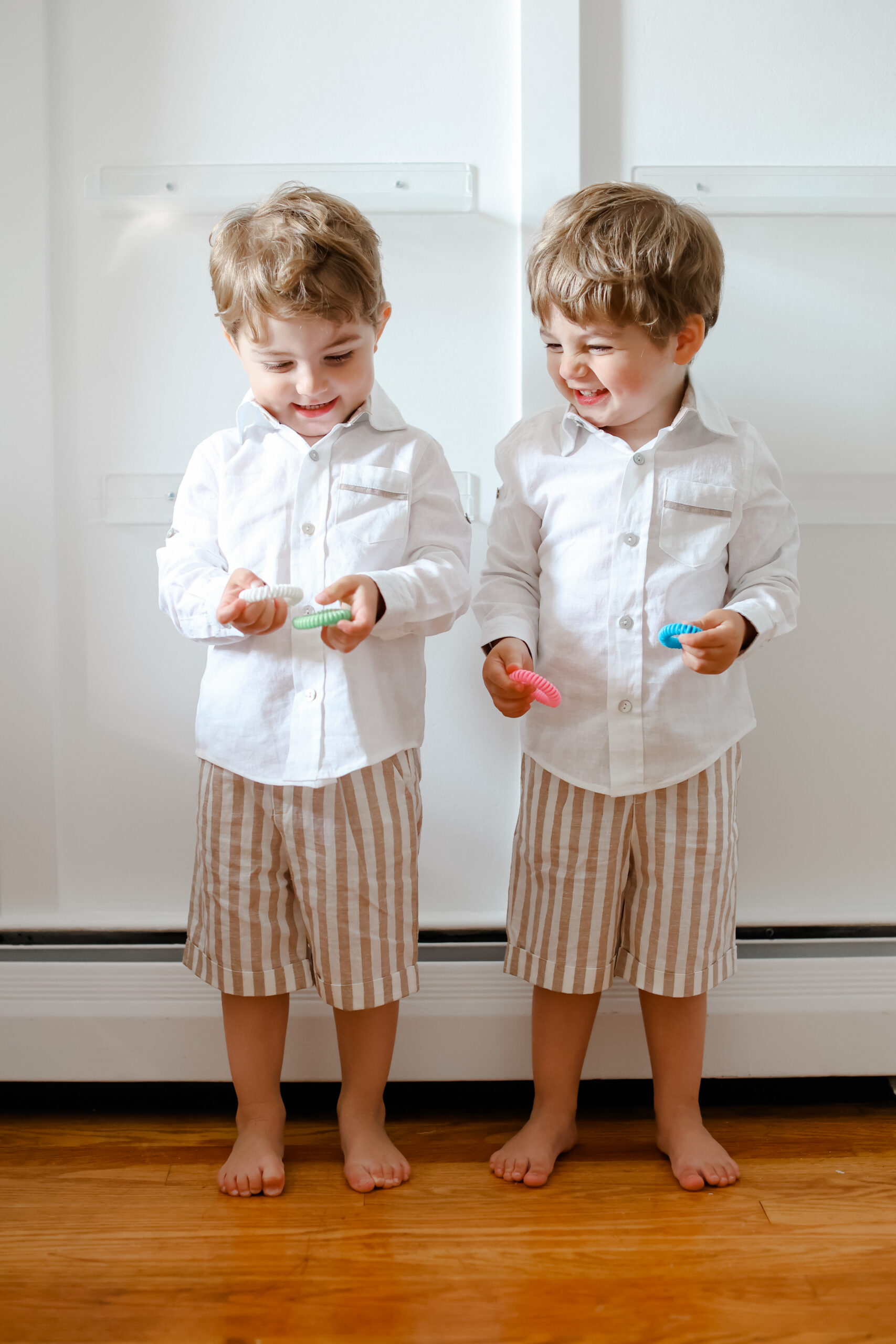As a new parent, you quickly realize that one of the biggest challenges is getting your newborn to fall asleep and stay asleep. As a certified pediatric sleep consultant, I know just how important sleep is. According to the National Sleep Foundation, newborns require between 14 to 17 hours of sleep each day!
Despite the many tips and tricks out there, it can be frustrating when nothing seems to work. But fear not, I’ve rounded up six surprising sleep tips that have been proven to work for newborns.
From creating a soothing sleep environment to trying a dream feed, these tips will have your little one snoozing soundly in no time. So let’s dive in and discover how you can help your baby get the restful sleep they need to thrive.
Create a Soothing Sleep Environment
Creating a soothing sleep environment is key to helping your newborn fall asleep and stay asleep. Start by choosing the right room temperature – around 68 to 72 degrees Fahrenheit is recommended.
For the first 1-2 months, I recommend keeping your room bright and light for day time naps. This will help them separate their days from nights. As they grow older (typically around 3-4 months) you can introduce blackout curtains. This will help the baby release melatonin faster.
Your baby’s sleep space should also be cozy and comfortable. Use a firm, flat mattress with a fitted sheet and avoid using any loose bedding or soft objects such as pillows, stuffed animals, or blankets.
Instead, consider using a swaddle or sleep sack to keep your baby snug and secure. Your would be surprised just how much your baby will sleep better when swaddled. Once they show signs of rolling, discontinue the swaddle and switch to a sleep sack.
Finally, make sure your newborn’s sleep environment is safe. Follow the American Academy of Pediatrics’ guidelines for safe sleep, which recommend placing your baby on their back for sleep and avoiding co-sleeping or bed-sharing. By creating a soothing sleep environment, you can help your newborn get the restful sleep they need to thrive.

Age Appropriate Wake Windows
If there is one thing I want you to take away from this post – its the importance of wake windows. You may be asking your self what are wake windows and why are they so important?
I have its own dedicated blog post on wake windows and their importance that you can read more about here. But in short, a wake window is the amount of time your baby spends awake from the moment they are taken out of their crib and put back in their crib.
They are important because if your baby is awake for too long or beyond their age appropriate wake time, they become overtired causing a very difficult sleep environment. Similarly if the baby isn’t tired enough and goes for their nap, they are under-tired and often this leads to a short nap.
Wake windows play a huge role when it comes to baby and toddler sleep. If you are looking for further guidance around wake times, sample schedules and nap transitions then this guide is for you! It will be everything you need up until your child is 5 years old.
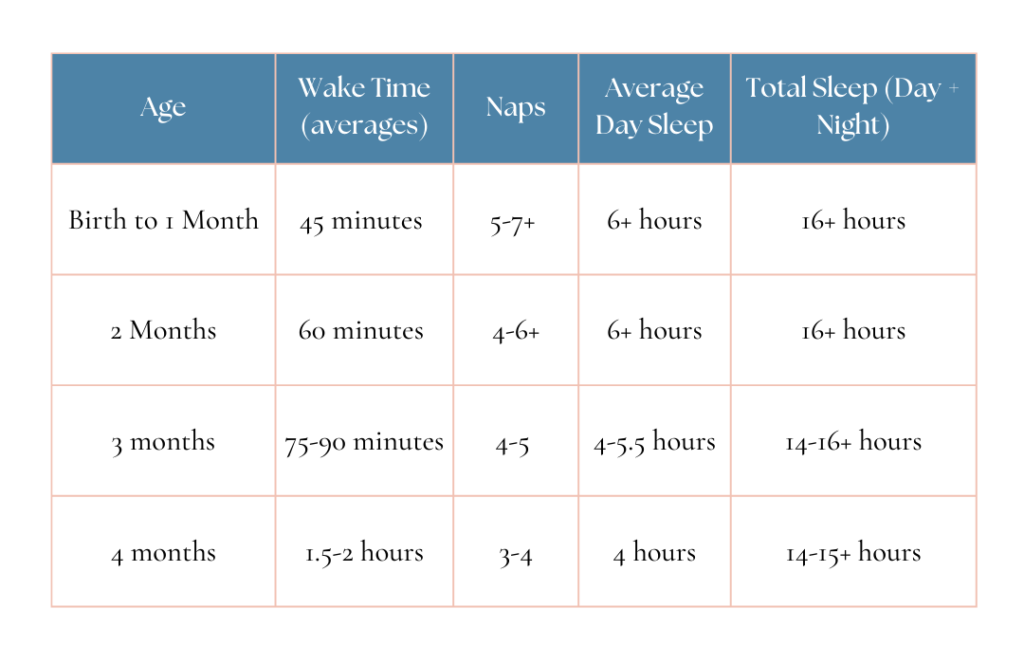
See below for sample sleep schedule for your starting from 6 weeks. Remember this is just guidance and not a set in stone schedule. You will follow your wake windows if the naps do not go as planned which are provided further in this post! For babies younger then 6 weeks, use the above wake windows and follow the Eat, Sleep, Play routine.
6 Week Old Sample Schedule
7 AM Wake Up
7:45-9:45 AM Nap 1
11 AM – 1 PM Nap 2
2 – 3:45 PM Nap 3
4:30 – 5:30 PM Nap 4
6:15 – 7 PM Nap 5
Bedtime ~8 PM
7 – 9 Week Old Sample Schedule
7 AM Wake Up
8 – 10 AM Nap 1
11 AM -1 PM Nap 2
2 -4 PM Nap 3
5 – 6:30 PM Nap 4
Bedtime ~7:30 PM
10-12 Week Old Sample Schedule
7 AM Wake Up
8 -10 AM Nap 1
11:15 AM -1 PM Nap 2
2:15-4 PM Nap 3
5:15-6:15 PM Nap 4
Bedtime ~7:30 PM
For additional sample schedules, wake windows and nap transitions guide, click here! It designed to be used from birth to 5 years old.
Follow a Consistent Sleep Routine
Establishing a consistent sleep routine for your newborn can make a world of difference in setting them up for a good night’s rest. Not only does it help them understand when it’s time to sleep, but it can also make the transition to bedtime easier.
By creating a predictable routine, your baby’s body will start to recognize the patterns and cues, signaling that it’s time to wind down for the night. A sleep routine can begin as early as 3-4 weeks or even when you bring your baby / babies home from the hospital.
A consistent sleep routine could include a warm bath, a book or lullaby, and dimming the lights in the room. Whatever works for you and your baby, be sure to stick with it.
Consistency is key when it comes to establishing healthy sleep habits.
Swaddle Your Baby
Swaddling your newborn is a technique that has been used for centuries to help babies feel secure and cozy. It involves snugly wrapping your baby in a lightweight blanket or a swaddle.
Swaddling can provide your baby with a warm and comforting environment that mimics the feeling of being in the womb. It can also help reduce the startle reflex that can often wake babies up abruptly.
When swaddling your baby, be sure to wrap them tightly, but not too tight, so they can still move their legs and hips freely. We like to use use this swaddle since it makes it really easy to swaddle them! Also this one is my top used swaddle! Super easy to use also!
Also, avoid covering their face or head. Swaddling is most effective when your baby is placed on their back to sleep.
Swaddling is a great addition to a consistent sleep routine. After a warm bath and lullaby, swaddling can signal to your baby that it’s time for sleep. It also helps maintain a comfortable temperature for your little one, preventing them from getting too cold or too hot.
The benefits of swaddling your baby are clear. It can provide them with a sense of security and comfort, reduce the startle reflex, and aid in maintaining a consistent temperature. Remember to discontinue swaddling if the baby shows signs of rolling. and use a sleep sack! This is my favorite sleep sack. I still use it with my twins!
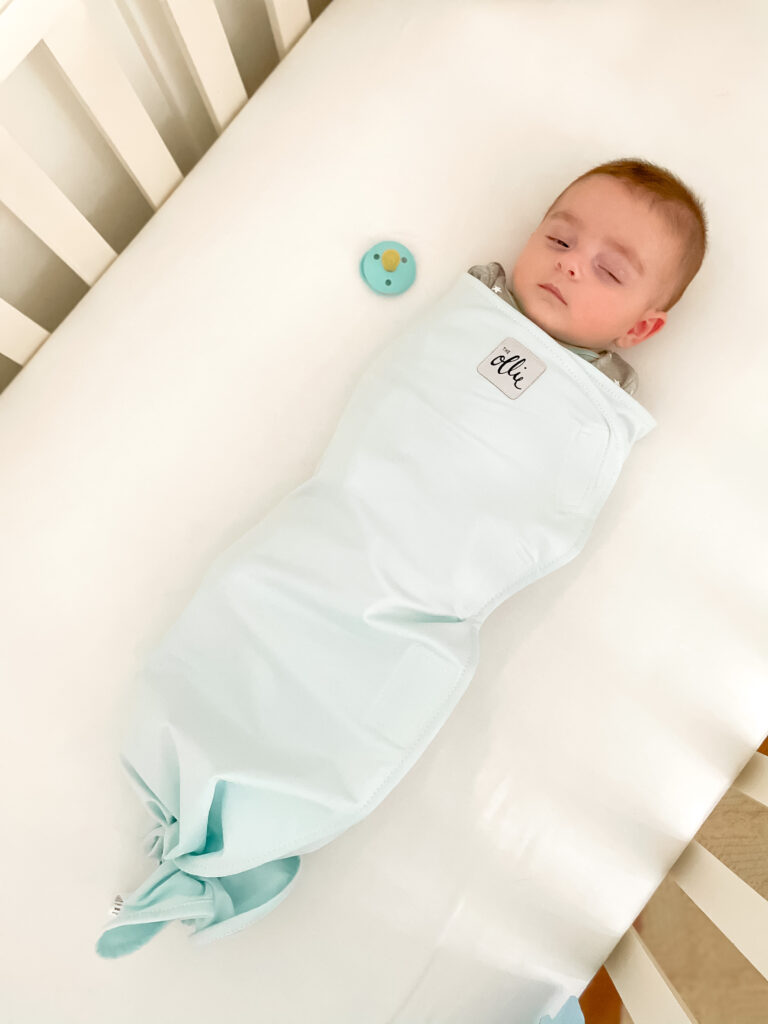
Use White Noise
Using white noise is another effective technique to help your newborn sleep soundly. It works by creating a soothing and consistent sound that masks other noises that may disturb your baby’s sleep.
The sounds of nature, fans, or even a white noise machine can provide a calming background noise that helps your baby relax and doze off.
Consider placing the white noise machine or speaker near your baby’s sleeping area and adjust the volume to a comfortable level. You can also use the app called Decibel X to measure the sound to ensure it is safe for your newborn. The white noise should be anywhere between 50-65 decibels. A baby in the womb experiences 70 decibels. We love this one and used it since day 1 and used this one when the twins were newborns as a travel one!
Using white noise can be a helpful addition to your bedtime routine and can work well in combination with swaddling or other techniques. If you’re struggling to get your newborn to sleep, try incorporating white noise into your routine and see if it helps your little one sleep better.
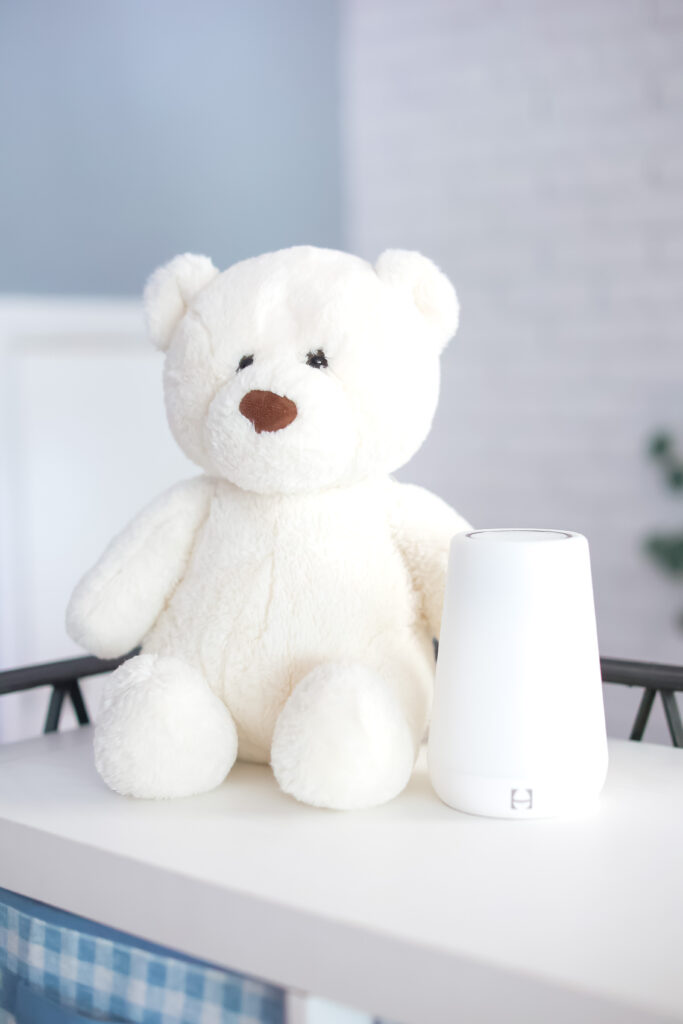
Try a Dream Feed
Another tip that parents can try to help their newborns sleep better is the dream feed. A dream feed is when you offer your baby a feeding while they are still asleep, usually around 10-11pm before you go to bed.
The idea behind this is that if your baby takes a full feeding while they are asleep, they may go longer stretches without waking up hungry in the middle of the night. But remember it is completely normal for a newborn to eat every 3 hours around the clock. I got clearance from out pediatrician at the 1 month appointment to no longer wake them for a night feed but allow them to wake me up instead.

To try a dream feed, gently pick up your sleeping baby and offer them a feeding. You don’t need to fully wake them up, just offer the breast or bottle and see if they will take it. If they do, let them finish and then put them back down to sleep.
It’s important to note that not all babies will respond well to dream feeds, and some may still wake up hungry in the night even if they take a feeding before bed. But it’s worth a try if you’re struggling with nighttime feedings.
In addition to trying a dream feed, remember to be patient and persistent. Every baby is different and what works for one may not work for another. Keep experimenting with different techniques and routines until you find what works best for your little one.
Final Thoughts
In conclusion, the struggle to get your newborn to sleep can be a thing of the past with these newborn sleep tips.
Creating a soothing sleep environment, following a consistent sleep routine, swaddling your baby, using white noise, and trying a dream feed have all been proven to work wonders on baby’s sleep.
Remember to be patient and consistent, and don’t be afraid to seek help from a pediatrician or a sleep consultant. If that is something you need, I highly recommend my newborn eBook which will teach you all about newborn sleep and how to establish healthy sleep foundations from the start allowing your baby to be an amazing sleeper for years to come.
Sweet dreams!
Other Posts you May Like
Life with Twins: 5 tips for Newborn Twins
Wake Windows: Why are they so important for your baby?
4 reasons for short naps and how to solve them
Like this Post? PIN IT!


